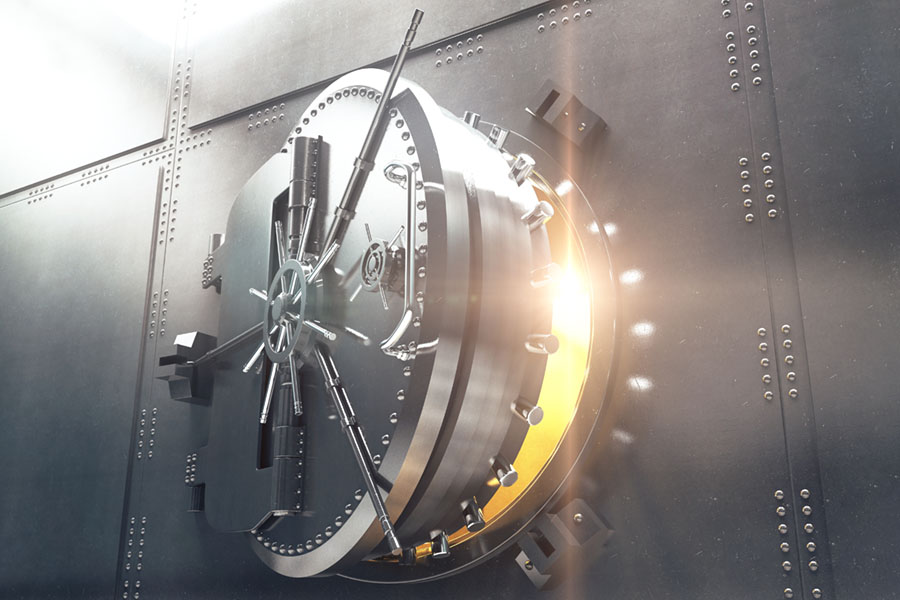
Best Central Bank for Whom?
The Best Central Bank is the One That Doesn’t Exist Rather Than the Corrupt System we Now Have Which Only Serves the Elite.
The key with the best central bank is understanding what it is and who is really behind it. As with any subject, it may be best to start with a simple description of what a bank is and what a central bank is supposed to be.
For basic and practical purposes, a bank is a repository for financial assets, either privately held by a small group of stockholders or more publicly oriented with a larger number of shareholders.
In either case, a bank is a business with the primary objective of making a profit for those who have invested time and assets in that bank.
A central bank is one that acts a bit differently in that it is mostly responsible for the monetary policies of a country, with the goal of a stable and workable financial system.
In addition to this fundamental job, a central bank has control over interest rates used in financial transactions and is a lender to other banks.
The best central bank would, by definition, be a rather silent partner in a successful national financial system, stepping in to assist when needed and making slight adjustments to rates and the money supply on occasion.
This would ensure that banks dealing directly with the public served their purpose honestly and efficiently.
In addition, the best central bank would operate without significant interference from political actors and those outside that bank’s board of directors and staff.
What Does Quasi Mean?
Even the encyclopedia definition of a central bank includes the statement that the Federal Reserve System in the United States is a quasi-public corporation.
Quasi, by definition, means ‘resembling’ or ‘seeming,’ which points to the central bank resembling a public corporation or seeming to be one. The Federal Reserve ‘seems’ to be public, but it is not, it is a private organization.
A true central bank does not charge interest to taxpayers directly on the use of the national currency, as do the private banks that deal directly with the public.
The main way that a central bank makes money, in addition to loaning currency, is by issuing notes.
Who Benefits?
By definition, the central bank is not all-powerful because there are statutory limits to what it may do with policies developed by the board of directors.
This would seem to be the case in reality as well, because much of the formal criticism focuses on how the central bank handles details such as interest rates and monetary policy.
Little is said in these formal discussions about the criticism from taxpayers, the workingman, who is directly affected by decisions from the central bank.
Some have actually proposed that the central bank doesn’t have the information necessary to properly govern the money supply or make interest-rate decisions.
Other critics emphasize that officers of some of the banks have responded to media questions by saying they will talk about any subject but monetary policy.
If that’s the case, the media ask, what subjects are the officers and board members really interested in? Do they present themselves as the captains of the monetary ship while pursuing other goals out of the public eye?
Profits Flow to the Owners
To determine what the best bank is then, perhaps it might be best to look at who really owns it.
A study by two North Carolina professors found that banks in the Federal Reserve System of the U.S. are owned by commercial banks and other financial institutions in each district.
The people who, in return, own these banks are the elite families who really control the financial system of America.
Owners of New York’s Federal Reserve bank as far back as 1983 included these top eight stockholders: Citibank, Chase Manhattan, Morgan Guaranty Trust, Chemical Bank, Manufacturers Hanover Trust, Bankers Trust Company, National Bank of North America and the Bank of New York.
The process by which the various Federal Reserve banks make money has many twists and turns, but, simply put, the Fed prints money out of thin air and charges interest when it loans that money out to be put into circulation.
The profits from these transactions then flow to the stockholders mentioned above and to others, including foreign banks who have a stake in the large U.S. banks on the list.
The definition of the best central bank would include the name of the bank that uses this discount currency most efficiently, rewarding stockholders as any other bank would.
The New York Federal Reserve bank would qualify as one of the most profitable companies, putting it at the top of the list of best central banks for profits to its elite owners.
As far as the American taxpayer goes? No central bank is the best one, they are all designed to take money from the little guy.

 My First Amazing Ayahuasca Experience
My First Amazing Ayahuasca Experience  Pine Needle Tea
Pine Needle Tea  The REAL Controllers of Humanity: The Papal Bloodlines
The REAL Controllers of Humanity: The Papal Bloodlines  Is it Global Warming or Cooling?
Is it Global Warming or Cooling?  Gun Rights and Obama Examined
Gun Rights and Obama Examined